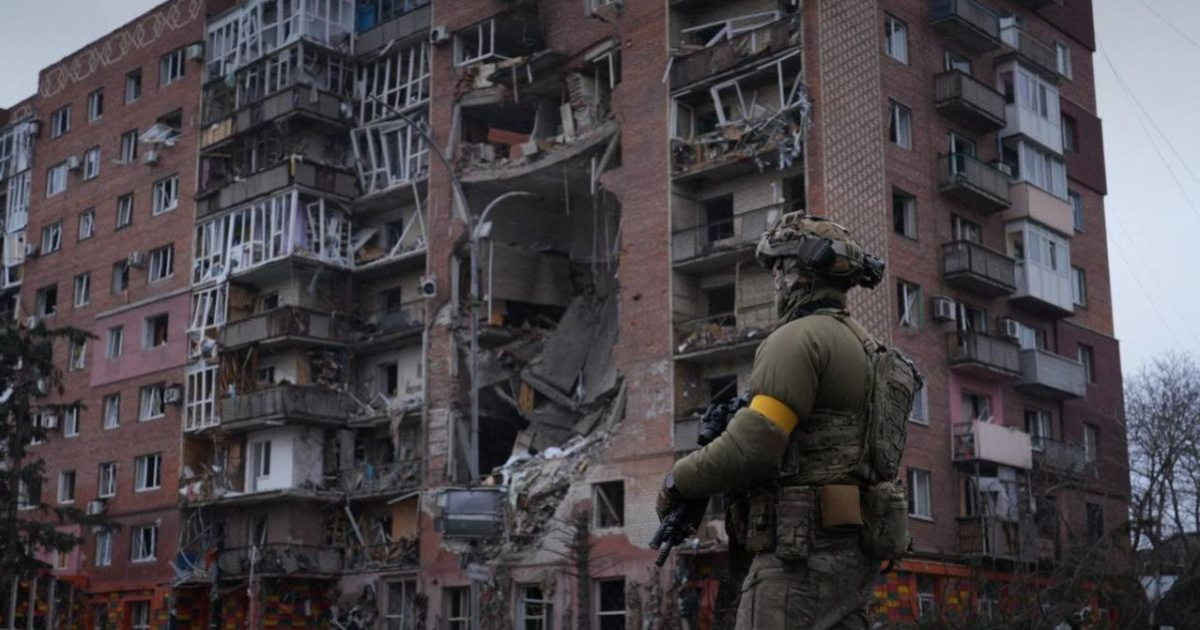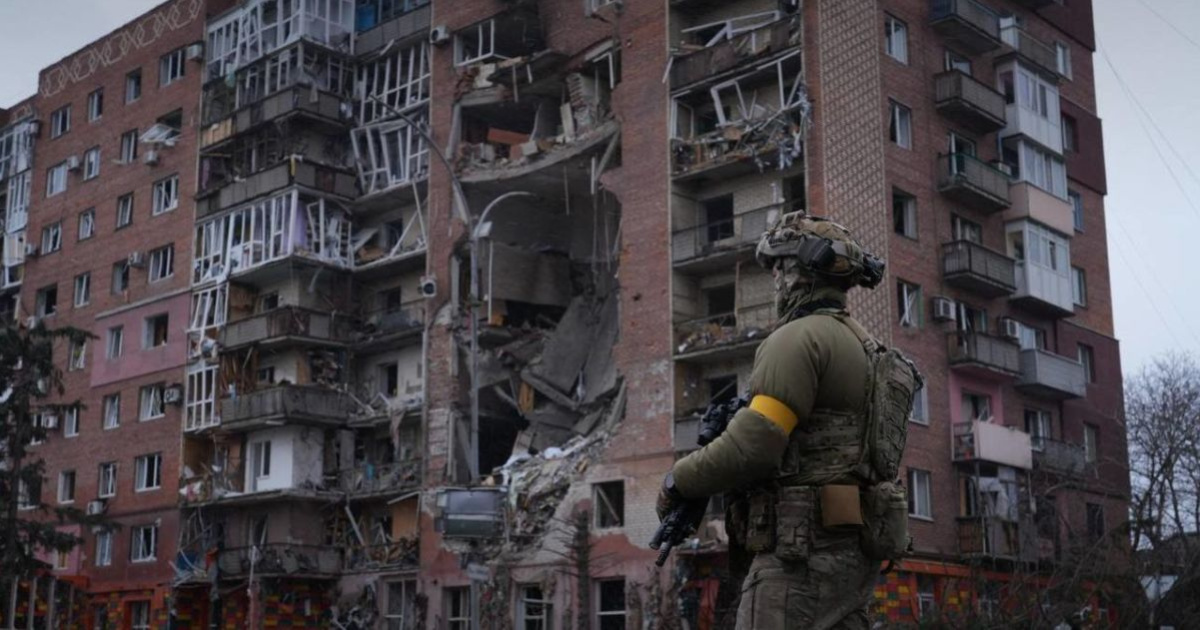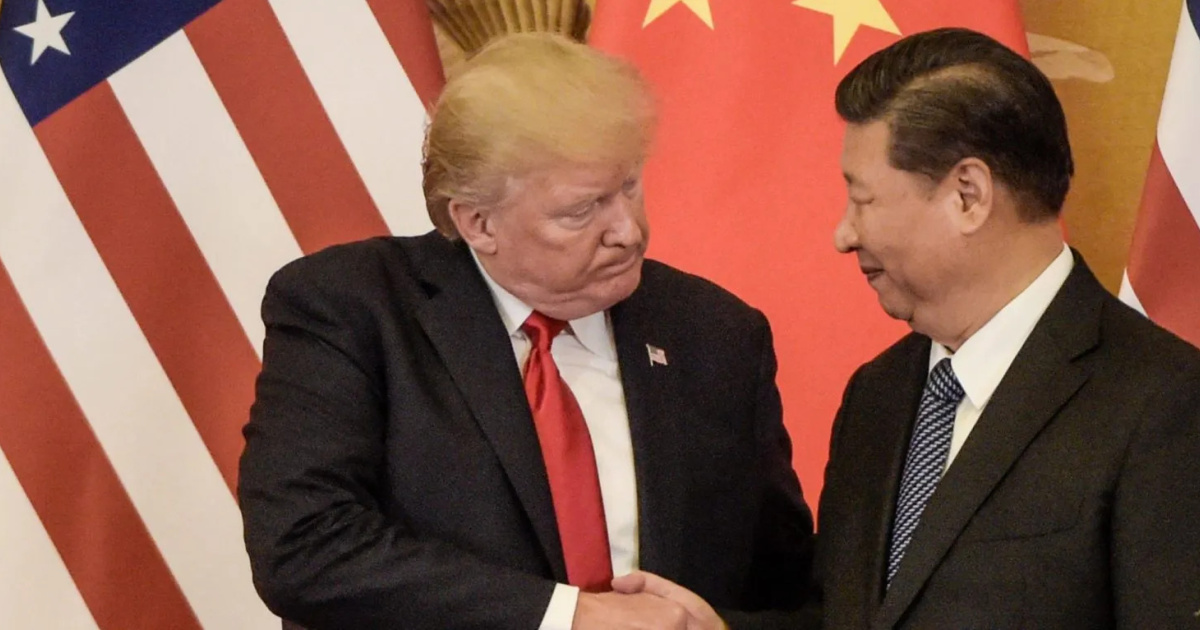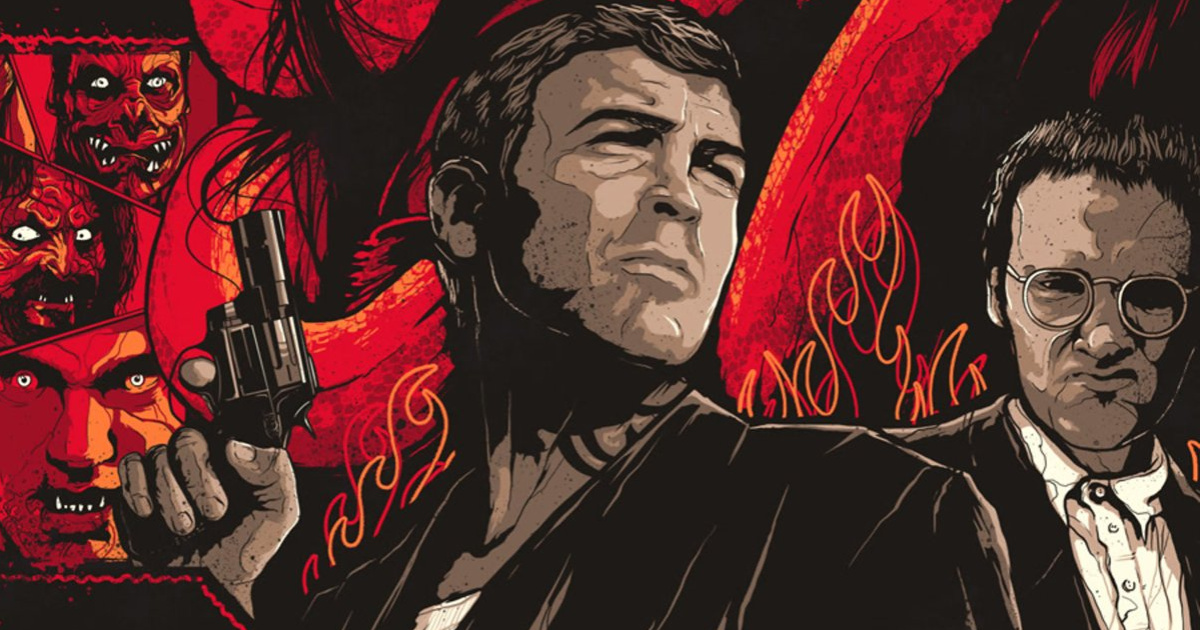
The situation on the front is rapidly deteriorating. Russian troops continue attempting to encircle Pokrovsk, turning it into one of the key objectives of the current offensive campaign. After several months of heavy fighting the city has come under threat of operational encirclement: the enemy is advancing from both the north and the south at once, while Ukrainian units hold the defense amid constant strikes and disrupted logistics.
Military expert Roman Svitan explained to OstroV why Pokrovsk has become the strategic centre of the russian attack, what the loss of this line would mean for the entire eastern defensive system, and what decisions the Ukrainian command and authorities now need to make.

– What is happening in Pokrovsk now and how has the situation developed over the past months?
– To understand what is happening in Pokrovsk, you need to look at the dynamics over the last 6 months. Since spring the russians deployed a grouping of more than 100,000 personnel in this area. It was clear they would definitely try to encircle the city, especially after they began moving toward the Pokrovsk–Kostiantynivka highway.
We let them through due to insufficient density of our forces. That happened several months ago. After that the russians began developing an offensive operation northeast of Myrnohrad.
They were also active in Dobropillia. That movement gave the enemy the opportunity to practically put our garrison in Pokrovsk and Myrnohrad into operational encirclement. Now the situation at the Myrnohrad garrison is even worse than in Pokrovsk, because there is the so-called double pocket there. The situation is very difficult, but it can still be resolved. There is no full encirclement yet.
– How realistic is it to hold the city now and how can it be done?
– The northern wing of the russian offensive is not yet wide enough to completely close the ring around Pokrovsk. But the number of enemy drones prevents us from fully using our logistics. Our garrison is in extremely harsh conditions — without normal rotation, with difficulties evacuating the wounded, and with interruptions in the delivery of ammunition, food and water. The problem exists, but it can still be solved if a serious army operation is carried out.
You need at least 2 full-strength corps. If such forces are not available, then at least 2 or 3 brigades to push the russians away from Rodynske. Right now they are trying to break through between Rodynske and Myrnohrad — that is the most dangerous direction.
First they advanced from the south, then began an offensive from the north. This is a systematic encirclement. To stop it, an army operation of an operational-tactical level is required, which can last up to 6 months. So far it is not being carried out, which indicates a shortage of reserves. If they are not found, a difficult decision will have to be made to withdraw troops at least from the "pocket" in the Myrnohrad area or even from Pokrovsk itself. But this will seriously affect the entire front.
– Why is Pokrovsk called one of the key points of Donbas defence?
– Because Pokrovsk and Myrnohrad stand on heights — this is the third line of defence. There is a ridge there with an elevation of about 200 metres above sea level. That ridge had to be held at all costs. But the russians managed to push through our positions, and now this is a serious problem.
If we lose this line, the enemy will gain a strategic prospect to move toward Pavlohrad. Pavlohrad lies in a lowland, about 50 metres above sea level. The difference is almost 150 metres. That means the russians will advance from above, pressing our troops downhill.
This is a most serious strategic threat. The loss of Pokrovsk will give the enemy the opportunity to develop an offensive to the west. Not immediately, but in the near term. Therefore now a decision must be made: hold the heights or withdraw in a controlled manner to preserve personnel.
– How difficult is it to conduct a controlled withdrawal under such conditions?
– A controlled withdrawal is always more difficult than an offensive operation of the same scale. Especially when it comes to withdrawal from a pocket. The situation is very severe.
In the coming days — literally within a week — it will become clear what decision our command will make. But I repeat: it is important to hold at least the heights and to make the right, measured decision. The guys there are in an extremely difficult situation. Sometimes a retreat that preserves the combat capability of the unit is a more courageous step than senselessly holding position under the threat of encirclement.
– Recently Main Directorate of Intelligence representatives arrived in Pokrovsk. What does that mean?
– As I say, it's like "driving nails with a microscope". Defense Intelligence special units are trained for actions deep inside enemy territory, not for working on the frontline. Their use there is not by profile.
They can only solve tactical tasks like clearing individual blocks, covering a withdrawal, blowing up equipment that cannot be evacuated. Sometimes special units act to destroy weapons left after our troops withdraw so that they don't fall into the enemy's hands. But they are not capable of stabilising a direction — for that you need army-level troop formations.
That is, if they are there, it may mean either clearing operations or covering a withdrawal. But not a counteroffensive and not holding the line.
– Still — can one already say that Ukraine has lost Pokrovsk?
– Strategically — yes, from the moment the russians crossed the Pokrovsk–Kostiantynivka highway. That was a turning point. When they approached from the south almost to the western outskirts of the city, it was not possible to allow them to close the ring from the north. Now it is a matter of time.
If an army operation is not conducted, the enemy will complete the encirclement. This can only be solved by a troop operation at the army level, at least 2 corps. But if it hasn't begun so far, it means there are no reserves.
Tactically Pokrovsk is still being held, but strategically the situation is critical. If 2 or 3 corps are sent there, positions can be held, but it is extremely difficult. To restore a strategic perspective, the russians must be pushed back beyond the road to Kostiantynivka. And that is at least 6 months of work. Pokrovsk will be lost only when our troops leave it. As long as we are there — a chance remains.
– Why does Pokrovsk have such strategic value specifically for the russians?
– Because of the heights. It is the third line of defence, a geographically advantageous platform from which one can control movement to the west. If the russians consolidate there, they will gain the strategic prospect of moving further — to Pavlohrad and toward Dnipro.
So far they lack the resources to immediately go on Pavlohrad, therefore they may turn to Dobropillia or back toward Kostiantynivka, but already from the west. Then they will begin to press Kramatorsk and Sloviansk from a new side.
As a result, the Sloviansk-Kramatorsk agglomeration will find itself threatened from four directions: from the north — from Kupiansk and Lyman, from the east — from Yampil and Siversk, from the south — from Kostiantynivka, and from the west — from Dobropillia and Myrnohrad. That is why holding Pokrovsk is important. It covers the western flank of that agglomeration.
– What needs to be done now to prevent the worst-case scenario?
– Two motivated, trained, combat-capable corps must be formed. And these, essentially, are only security-service people: people who have already served, know how to work in groups, know what an order is. There are no other ready candidates right now.
You need to lift draft exemptions for law-enforcement officers, transfer them to the Armed Forces, as is done in Israel. This is a voluntary-compulsory mechanism: if you want to continue service — first join the Armed Forces, then return to the police.
If this is done, Pokrovsk and the defence lines around it can be held. If not, Donbas will be lost over time. Not this year, because the russians don’t have enough strength to capture Sloviansk now. But next year they will go for Kostiantynivka, Kramatorsk, Sloviansk, Dobropillia. And then — Pavlohrad and Dnipro. This is a strategic threat.
– Why, in your opinion, has the situation reached its current state?
– Because in the summer everyone got caught up in the “Kursk direction” — saving Kyiv from the “Kursk magnetic anomaly”, as I say ironically. Donbas was abandoned. Chasiv Yar, Toretsk were surrendered, now Pokrovsk is being surrendered.
At first, everything was done quietly, but now it’s impossible to hide — the russians have reached Dobropillia, marked the direction, and the surrender is happening openly. Now the politicians who allowed this present themselves as “saviors”, talking about the need to “get the guys out of Pokrovsk”. Yet it was precisely their decisions that created this situation.
– Putin continues to talk about the need to “liberate” the entire Donetsk oblast. Is this purely political motives?
– Not only. He has an obsessive idea — to capture the entire Donetsk oblast because without Sloviansk and the Siverskyi Donets water system Donbas cannot function. There is no water there and won’t be until Sloviansk, Chasiv Yar, Toretsk, Horlivka, and the Verkhniokamianske reservoir are under the enemy control.
Without water, neither plants nor metallurgical enterprises operate there. That is why Donbas is important to them in its entirety. The russians are pressing precisely to gain control over all components of this region.
Russia is ready to accept only capitulation with the transfer of several oblasts to them. One Donbas is no longer enough. They have written five Ukrainian oblasts into their constitution and will demand recognition of these territories as russian. Accordingly, any negotiations with an enemy who is on your territory turn into a discussion of capitulation conditions. Contact with the enemy must be exclusively through fire; everything else — negotiations about division and concessions.
– Freezing the front along the current line — is that capitulation or compromise?
– If you agree to a freeze along the front line, it implies agreements on its conditions, which means an actual refusal of armed struggle for your territories. Any army seeks to force the enemy to abandon armed struggle; a freeze is equivalent to such abandonment. In a military sense, that is capitulation.
By Vladyslav Bulatchik, OstroV





